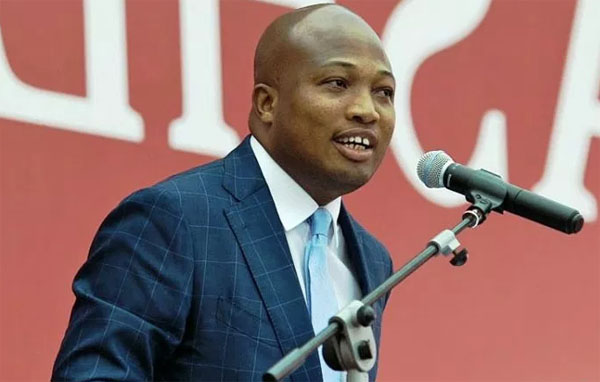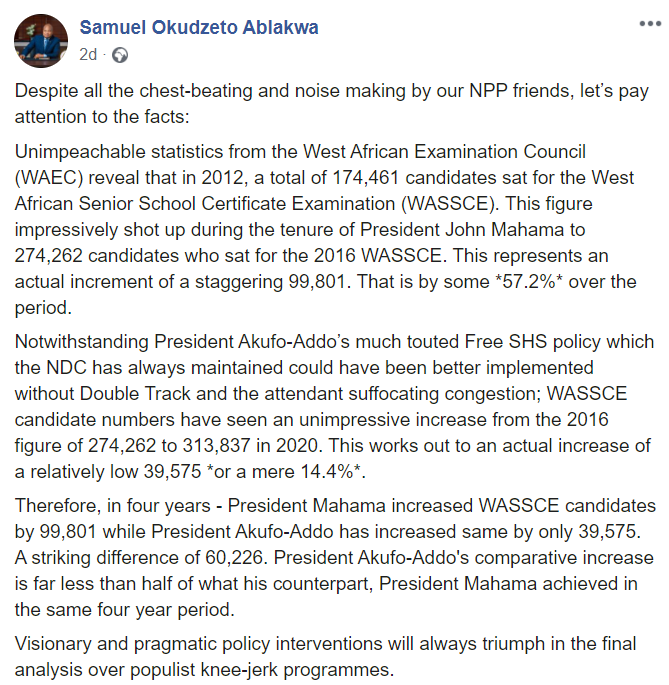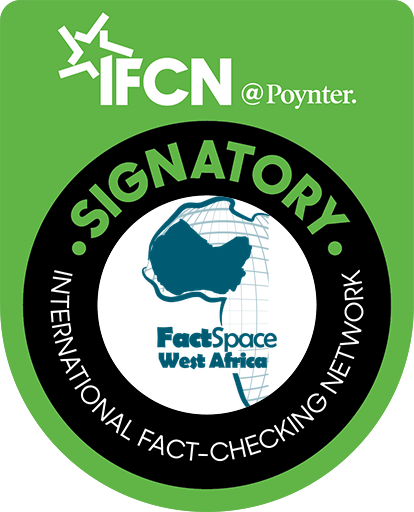Claim: WASSCE candidates increased more under the NDC administration than the current NPP government
Source: Samuel Okudzeto Ablakwa
Verdict: False
Researched by Kenneth Gyamerah
A Facebook post by a former Deputy Education Minister, Samuel Okudzeto Ablakwa has stoked controversy on social media about the achievements of ex-president John Mahama’s administration in the educational sector compared to President Nana Akufo-Addo’s government.
According to the opposition National Democratic Congress (NDC) Member of Parliament (MP), the number of WASSCE candidates increased more under the previous NDC administration than the current New Patriotic Party (NPP) government.
While sending well wishes to the final year senior high school students currently sitting their exams, the legislator representing the North Tongu constituency also presented an analysis of the number of WASSCE candidates between 2012 and 2020 and concluded that:
“In four years – President Mahama increased WASSCE candidates by 99,801 while President Akufo-Addo has increased same by only 39,575.”
His post has since generated more than 2,000 Facebook engagements, with the post being shared 281 times and generated 779 comments at the time of writing this report.
So, how true is this claim?
Inaccurate analysis
The NDC was in government by June 2016 when WASSCE candidates took their exams, so why did the MP use 2016 figures in calculating the performance of the current government.
Also, if we want to examine the effects of the Free Senior High School(SHS) policy, we can only do so starting from 2017 when it was introduced and not 2016.
Mr Okudzeto Ablakwa in analysing the data also claimed the number of WASSCE candidates for 2020 was 313,837 which is inaccurate because the correct figure provided by the West African Examinations Council (WAEC) is 375,737.
The legislator in an interview on Citi TV’s Point of View programme on July 20 said: “I’m willing to concede that,” when questioned about the wrong 2020 WASSCE candidates number used in making his analysis, which by extension impacts his conclusion.
However, GhanaFact checks show the NDC MP is yet to effect the necessary corrections on his Facebook post at the time of writing this report.
Nuanced statistical generalisation
The metric used by the NDC MP, that is comparing the differences between 2012 and 2016 WASSCE candidates against 2016 and 2020 WASSCE candidates is problematic because it might not offer a nuanced statistical generalisation.
By subtracting the 2012 figure from 2016 and 2016 from 2020, as the basis for his analysis, he ignores key dimensions such as the yearly improvements, the consistency with enrollment within the years under discussion, the rise or decline in enrollment within these years, the year that recorded the highest numbers and why, among others.
Using the MP’s metric
Notwithstanding the concerns noted, we still compared the number of WASSCE candidates during the NDC and NPP administrations as argued by Okudzeto Ablakwa.
Number of WASSCE candidates under the NDC
| Year | WASSCE candidates
|
| 2012 | 174,385 |
| 2013 | 409,832 [Two batches wrote WASSCE] |
| 2014 | 242,157 |
| 2015 | 268,771 |
| 2016 | 274,263 |
Source: WAEC
Number of WASSCE candidates under the NPP
| Year | WASSCE candidates
|
| 2016 | 274,263 |
| 2017 | 289,207 |
| 2018 | 316,999 |
| 2019 | 346,098 |
| 2020 | 375,737 |
Source: WAEC
Going by the MP’s calculation:
NDC 2012-2016, we have 274,263 – 174,385 = 99,878
NPP 2016-2020, we have 375,737 – 274,263 = 101,474
Fact-check
Data sourced from the organisers of WASSCE, West African Examinations Council (WAEC) does not support the claims made by the NDC MP Okudzeto Ablakwa that: “President Mahama increased WASSCE candidates by 99,801 while President Akufo-Addo has increased same by only 39,575.”
GhanaFact checks, using the same data source and metric by the legislator showed WASSCE candidates increased by 101,474 under the current NPP government as compared to the 99,878 under the NDC administration.
So, the claim by the former Deputy Education Minister that WASSCE candidates increased more under the NDC administration than the current NPP government is false.
Points to note
The period 2012 to 2016 should be considered as 6 academic years because 2-year groups (form 4 and form 3) wrote the exam in the same year(2013).
On the other hand, the period 2016 to 2020 is made of 5 academic years which genuinely wouldn’t allow for a fair comparison.
Policy actors should note that measuring the real impact of the Free SHS should not be limited to the number of WASSCE candidates or enrollment.
The government and policy actors have always used the increased enrollment as a major metric to show improvement which is reflected in Ghana’s 2019 Budget Statement.
Measuring outcome based on enrollment/ number of WASSCE candidates might not always work because of inconsistent data, population dynamics and other social factors.
The NDC MP’s analysis is not consistent with UNESCO and World Bank indicators that leverage the Gross Enrollment Ratio, Net Enrollment Ratio, Net Completion Rate and Baseline Data.
The government should not hastefully use numbers to justify the impact of Free SHS, rather a fair assessment can be done through a thorough evaluation using 3 successive years of completion of Free SHS.
When the government relies solely on enrollment as a metric to show the success of Free SHS, that could be deceptive.
Data from UNESCO Institute for Statistics and the World Bank reveal that although in 2018, exactly one year after the Free SHS, Ghana achieved secondary school gross enrollment ratio of 71.32% ( the highest in our history since 1979) and 5th in Africa ( only Egypt, Mauritius, Morocco and Tunisia) performed better than Ghana in Africa, in 2019, there was a very sharp decline in the secondary school Gross Enrollment from 71.32% to 64.572%.
Free SHS alone cannot augment enrollment at the Senior High School level when primary and Junior High School(JHS) enrollment keep declining.
To increase enrollment, policymakers should look at the inputs at the primary and JHS levels because they rather produce students for the Senior High schools.
Measuring impact of Free SHS
There should be at least 4 key indicators used in measuring the impact of Free SHS:
- Access: the dynamics of Gross and Net Enrollment in SHS compared to previous years when students had to pay fees. How the Free SHS has served as a motivating factor in terms of JHS enrollment and net completion.
- Equity: How is Ghana doing regarding the inclusion of girls, people with disability, children from low-income backgrounds. So, how will the policy level the field for every Ghanaian child regardless of their socio-economic background?
- Quality: How many beneficiaries pass the WASSCE exam? What is the Gross Tertiary Ratio(GTR) —that is the percentage increase of tertiary enrolments- in 2018 Ghana’s GTR stood at 15.69, according to the World Bank collection of development indicators, compiled from officially recognized sources.
- Sustainability: How do we ensure Free SHS guarantees the opportunity to acquire the knowledge, skills, attitudes and values necessary to shape a sustainable future and how will successive governments sustain and keep financing the policy to meet the needs of this current generation without compromising that of the future generation?






